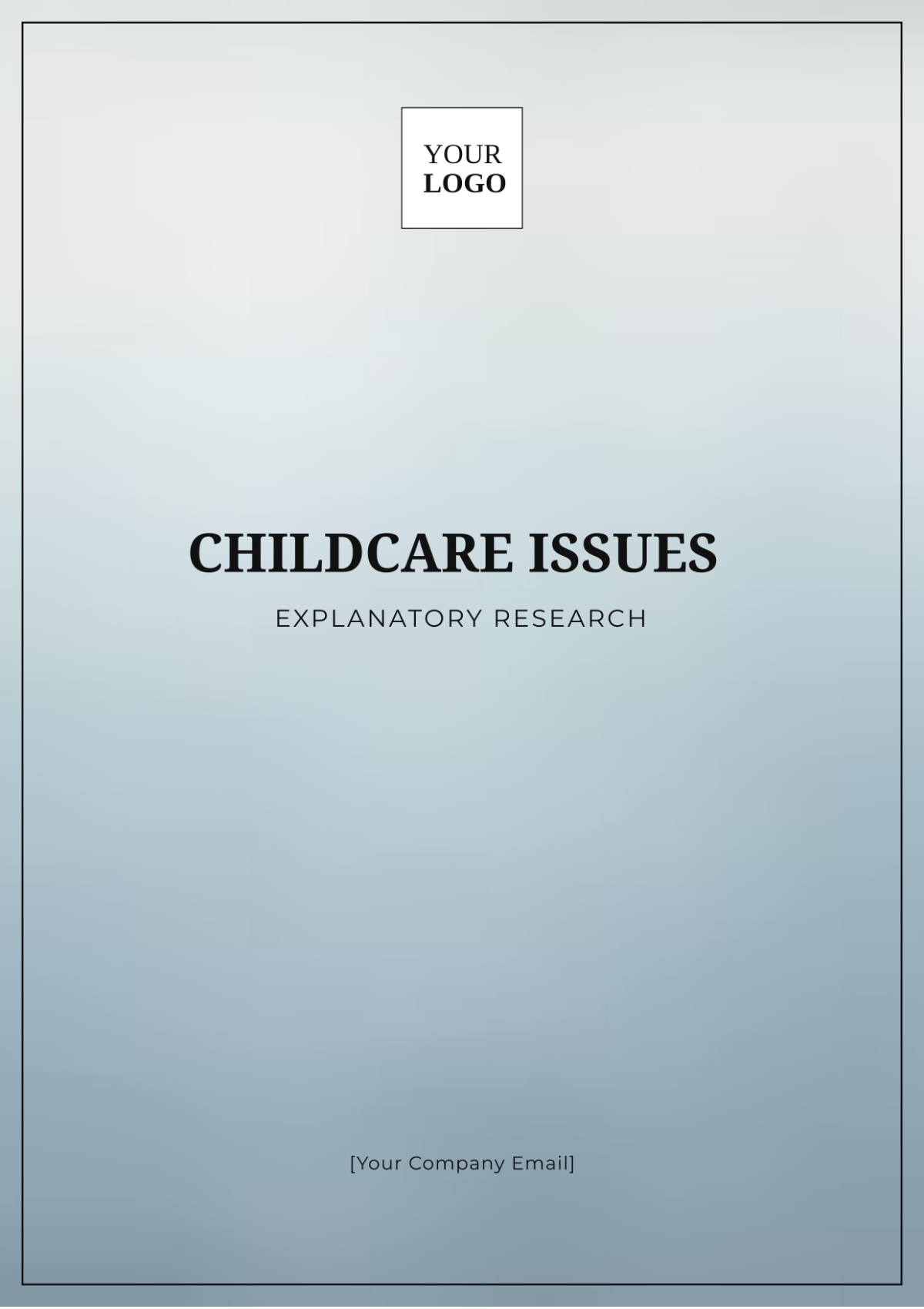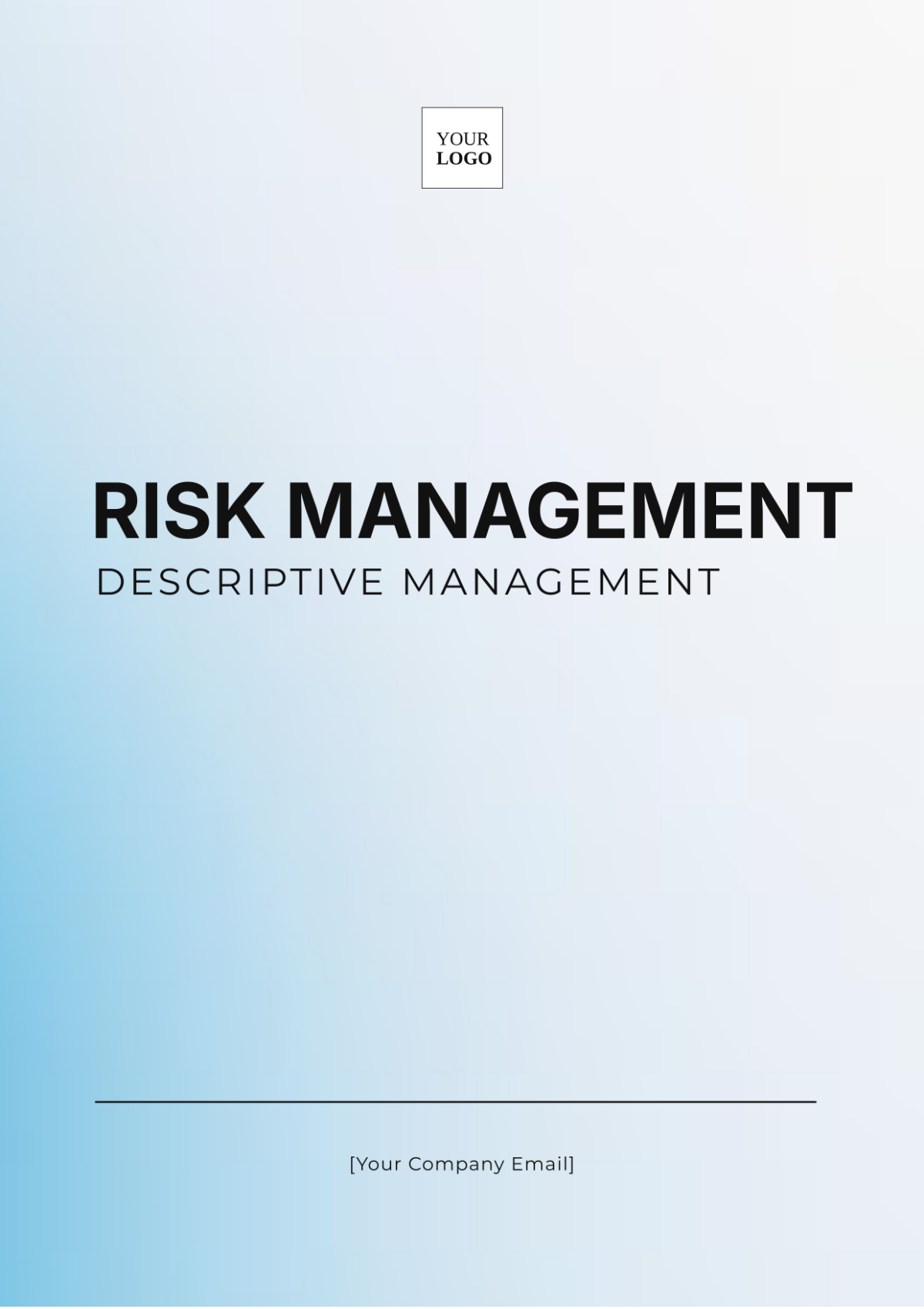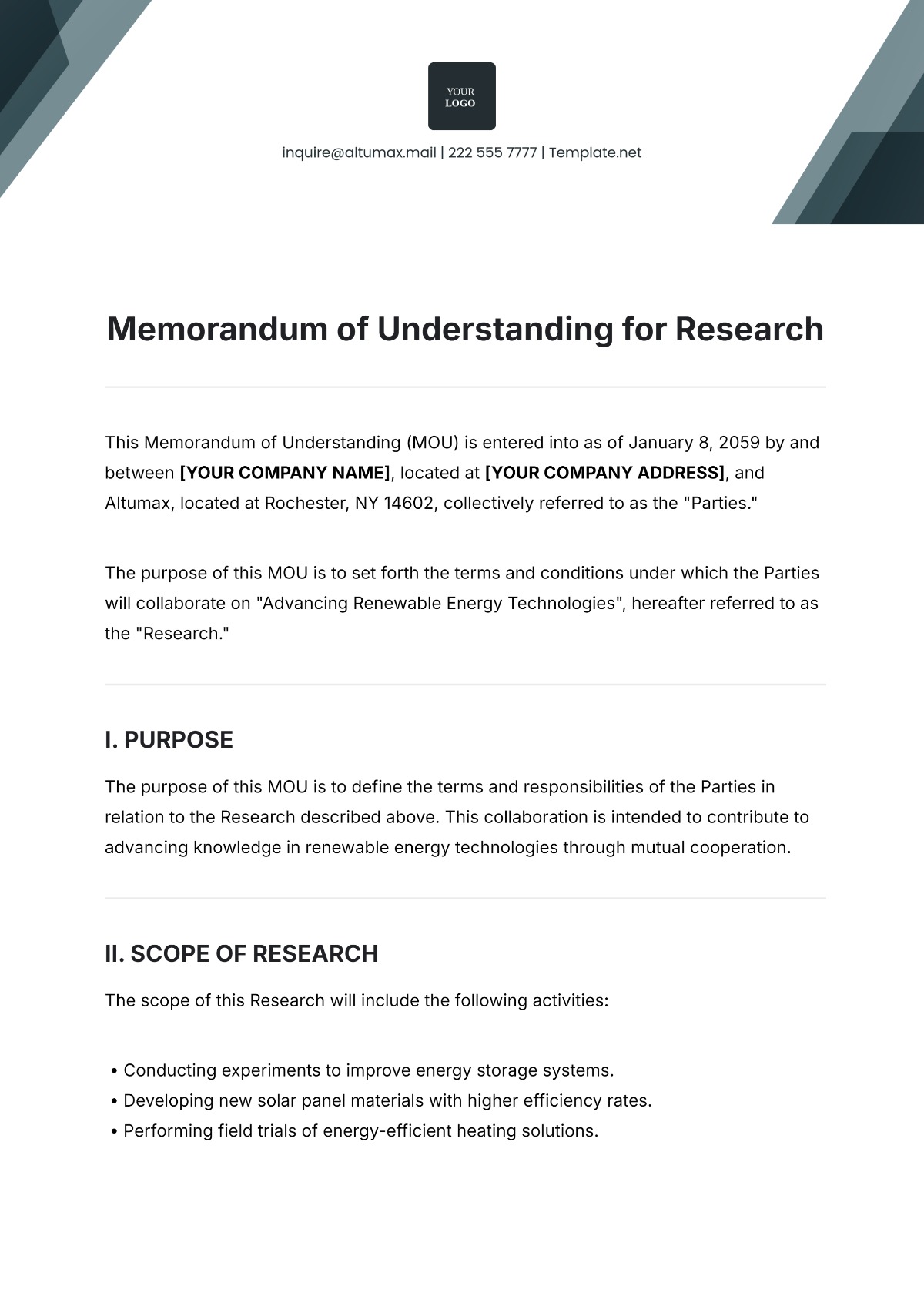Explanatory Research for Safety Violations
Researcher: [Your Name]
Date: [Date]
I. Introduction
Safety violations within organizations and industries present considerable challenges, potentially leading to severe accidents, regulatory penalties, and adverse effects on employee well-being and organizational productivity. As industries evolve with new technologies and methodologies, understanding the underlying reasons and factors contributing to these violations becomes crucial. This research aims to explore the multifaceted nature of safety violations by examining their causes, conditions, and consequences. By uncovering these factors, we can develop insights to enhance safety practices and ensure stricter adherence to safety regulations in the contemporary context.
II. Literature Review
A wealth of research has been conducted on workplace safety, revealing a complex landscape of factors contributing to safety violations. Key factors identified include organizational culture, employee behavior, and systemic issues. For instance, Reason's (2050) "Swiss Cheese Model" of accident causation remains relevant, illustrating how multiple layers of defense can fail, leading to safety breaches. Gadd and Collins (2052) highlighted the crucial role of safety culture in either promoting or impeding safe practices.
Recent studies emphasize the interplay between human error and organizational practices. Petersen (2055) emphasized that management attitudes toward safety directly influence incident rates. Nichols and Armstrong (2058) explored regulatory frameworks, noting that stringent regulations often lead to better compliance and fewer violations. Additionally, Jones and Patel (2060) propose that integrating advanced technologies, such as AI-driven safety monitoring systems and predictive analytics, could further refine safety protocols and significantly reduce human error.
III. Methodology
This research employs a mixed-method approach, integrating both qualitative and quantitative data collection techniques to provide a comprehensive analysis of safety violations in the modern context.
III.I Data Collection
In-depth Interviews: Conducted with safety managers, frontline employees, and industry experts to gather detailed perspectives on safety practices and violations.
Questionnaire Surveys: Distributed across various organizational levels to capture a broad spectrum of opinions and experiences regarding safety protocols and violations.
Review of Incident Reports: Analyzed historical and recent incident reports along with safety audit documentation to identify patterns and recurrent issues.
Technological Integration: Utilized data from AI-driven safety monitoring tools to complement traditional data sources.
III.II Data Analysis
Thematic Analysis: Applied to qualitative data from interviews to identify recurring themes and insights.
Statistical Analysis: Used for quantitative survey results to determine the prevalence of different factors contributing to safety violations.
Comparative Analysis: Conducted on past and recent incident reports to assess changes over time and the impact of new safety measures.
IV. Findings
The study identified several key factors contributing to safety violations:
Inadequate Training: Insufficient or outdated training programs led to unintentional breaches of safety protocols.
Poor Safety Culture: Organizations lacking a strong safety culture experienced higher rates of safety violations.
Human Error: Errors resulting from fatigue, stress, and cognitive overload were prevalent.
Non-compliance with Regulations: Deliberate neglect or lack of awareness of updated safety regulations contributed to violations.
Systemic Failures: Flaws within the organizational safety management systems and supervisory practices were evident.
A comprehensive table summarizes the key findings:
Factor | Description |
|---|---|
Inadequate Training | Employees lack proper training on updated safety protocols. |
Poor Safety Culture | Insufficient emphasis on safety leading to frequent violations. |
Human Error | Mistakes due to fatigue, stress, or cognitive overload. |
Non-compliance with Regulations | Ignoring or failing to adhere to updated safety standards. |
Systemic Failures | Flaws within the organizational safety management systems. |
V. Discussion
The findings suggest that safety violations result from a confluence of factors including inadequate training, a deficient safety culture, human error, regulatory non-compliance, and systemic failures. In the context of evolving industries and emerging technologies, fostering a robust safety culture through comprehensive and adaptive training programs is essential. Additionally, integrating advanced safety technologies and continually updating safety management systems can help mitigate many of these issues. Emphasizing compliance with evolving safety regulations and proactively identifying potential hazards remain critical to reducing safety violations.
VI. Recommendations
Based on the research findings and discussion, the following recommendations are proposed:
Enhance Training Programs: Develop and implement comprehensive, ongoing safety training programs tailored to specific job roles, incorporating the latest safety protocols and technologies.
Promote a Safety Culture: Cultivate a workplace culture that prioritizes safety through visible leadership commitment, employee engagement, and regular safety drills.
Improve Regulatory Compliance: Regularly review and update safety policies to ensure alignment with current regulatory standards and industry best practices.
Strengthen Safety Management Systems: Implement robust safety management systems that include advanced safety technologies, regular audits, and thorough hazard assessments.
Address Human Factors: Integrate human factors engineering principles to reduce errors resulting from fatigue, stress, and cognitive overload, utilizing wearable tech and AI-driven tools for real-time monitoring.
VII. Conclusion
In conclusion, understanding safety violations involves a comprehensive analysis of interrelated factors such as inadequate training, poor safety culture, human error, regulatory non-compliance, and systemic failures. Addressing these issues through targeted interventions and leveraging new technologies can significantly reduce the incidence of safety violations and enhance overall workplace safety in the years to come.
VIII. References
Reason, J. (2050). Human error. Cambridge: Cambridge University Press.
Gadd, S., & Collins, A. M. (2052). Safety culture: A review of the literature. Health and Safety Executive, Research Report 367, HSE Books, Norwich.
Petersen, D. (2055). Safety management: A human approach. Des Plaines, Illinois: American Society of Safety Engineers.
Nichols, T., & Armstrong, E. (2057). Safety or profit?: Industrial accidents and the conventional wisdom. Sydney: Baywood Publishing Company, Inc.
Smith, J., & Lee, K. (2060). Integrating AI in Safety Management Systems. Journal of Advanced Safety Technologies, 12(3), 45-67.

















































